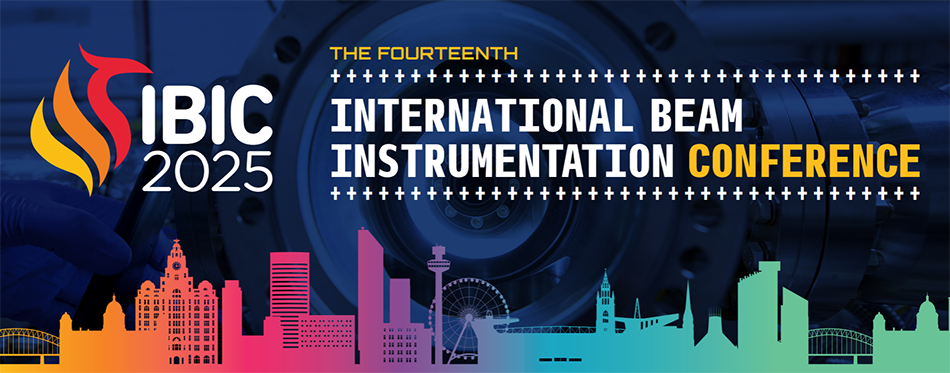Speaker
Description
We will give an overview of the Smith-Purcell and transition radiation based longitudinal diagnostic methods employed at the ARES (Accelerator Research Experiment at SINBAD) linear accelerator to characterize femto-second long electron bunches.
The Smith-Purcell radiation mechanism has been studied for the case of metallic gratings, but not much experimental data has been published yet with respect to dielectric gratings as charged particle beam diagnostic devices. We expect a number of advantages in the detection of the radiation at the substrate side and the spectral properties of the radiation tailored by the geometric shape of the grating structures. Due to the advances in lithographic techniques dielectric gratings can be produced with optical wavelength periodicities and the shapes can be controlled with nano-meter precision.
For femto-second bunch lengths the coherence of transition radiation starts to reach the near-infrared to optical regime. This opens up the possibility of characterizing the spectrum with readily available high sensitivity semi-conductor based detectors to draw conclusions on the form factor and measure bunch lengths.
| I have read and accept the Conference Policies | Yes |
|---|

